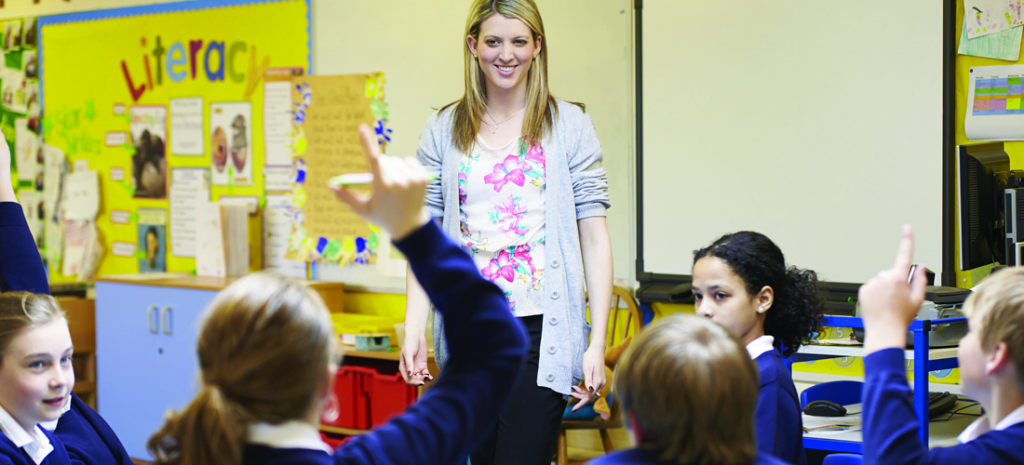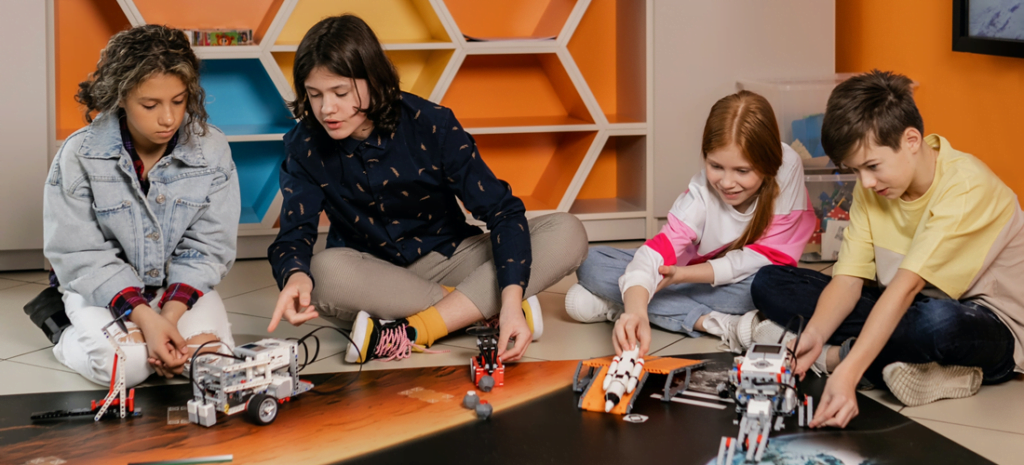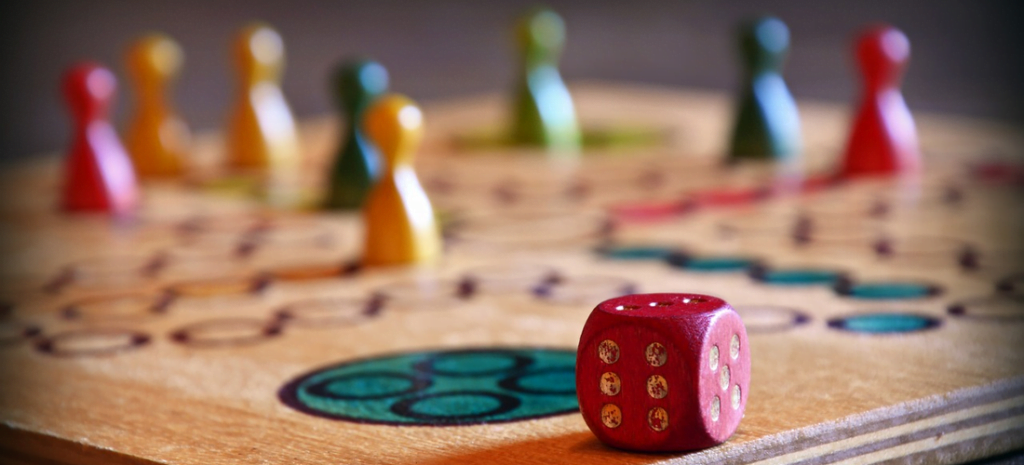When it comes to education, it’s clear that one size doesn’t fit all. The traditional classroom model, while still having its merits, might not be the best fit for everyone. That’s where alternative learning methods come into play. These diverse approaches, which can range from online courses to experiential learning programs, are designed to cater to different learning styles, paces, and preferences.
There’s a growing understanding that everyone learns differently. For some, the rigidity of the traditional classroom can stifle creativity and hamper the learning process. By considering alternative methods, you’re opening up avenues for personalized, adaptable learning that could lead to better comprehension, retention, and overall educational satisfaction.
Alternative Learning Methods
1. Online Learning
Online learning is a revolutionary alternative to traditional classroom-based education. It leverages the power of technology to facilitate a flexible, accessible, and often self-paced educational experience. This method of learning breaks down geographical barriers, allowing students from anywhere in the world to learn at their convenience. Online learning can offer a wide range of courses, from academic subjects to professional development training, providing learners with an opportunity to expand their knowledge or acquire new skills.
This learning method encourages autonomy and self-discipline as students manage their learning schedules and engage in courses that align with their interests and career goals. Is it a perfect replacement for the traditional classroom? Not necessarily, as there are benefits to in-person instruction that online cannot replicate. However, it’s an invaluable alternative in an ever-evolving educational landscape.
2. Experiential Learning
Experiential learning, as an alternative to traditional classroom learning, offers a profound shift in the approach to education. It’s a hands-on method that immerses learners in an experience and then encourages reflection on that experience to develop new skills, new attitudes, or new ways of thinking. This learning method isn’t confined within four walls of a classroom; instead, it allows learners to interact with real-world situations, giving them a chance to see the direct impact and application of their knowledge.
Unlike traditional methods, where the teacher’s role is central, experiential learning puts the learner at the heart of the learning process, fostering creativity, critical thinking, and problem-solving skills. In essence, experiential learning promotes learning that is both engaging and deeply personal.
3. Inquiry-Based Learning
Inquiry-Based Learning (IBL) offers a refreshing contrast to traditional classroom learning. It is a dynamic approach that revolves around the curiosity of learners. Instead of presenting established facts, IBL encourages students to ask questions, conduct research, and explore their ideas. This method fosters critical thinking and problem-solving skills, instilling a deep-seated love for learning.
It’s a facilitator-led process where educators play the role of guides, gently nudging students towards discoveries and learning. It’s an exciting and engaging method that puts students at the center of the learning process, empowering them to seek knowledge rather than passively receive it.
4. Cooperative and Collaborative Learning
Cooperative and Collaborative Learning are innovative educational approaches that emphasize a modified dynamic between students and educators. Instead of the traditional lecture format, where students passively receive information, these methods encourage active involvement. This can take the form of group projects, peer reviews, and discussion groups – all leading to a more engaging, interactive learning environment.
The main advantage of Cooperative and Collaborative Learning is that it allows students to learn from each other, fostering critical thinking, and problem-solving skills. By working together to reach a mutual goal, students engage in a deeper level of understanding, often retaining knowledge more effectively. This method also builds social and interpersonal skills, as students need to communicate effectively, negotiate roles, and manage conflicts within their teams.
5. Flipped Classroom
The “Flipped Classroom” is a compelling alternative learning method that disrupts the traditional classroom model. Rather than lecturing during class hours and assigning homework afterwards, the Flipped Classroom approach encourages students to review materials and learn concepts at home, using class hours for discussions, projects, and clarifying questions.
This method emphasizes the active engagement of students in their own learning journey, promoting a deeper understanding of the course content. It also allows educators to provide more personalized attention to students during class hours, addressing individual queries and misconceptions. With this method, learning becomes more interactive, dynamic, and student-centered.
6. Gamification and Game-Based Learning
Gamification and Game-Based Learning have emerged as compelling alternatives to traditional classroom learning. By incorporating elements of games – such as points, badges, and leaderboards – into educational content, gamification makes learning interactive and engaging. It taps into the innate human tendency towards competition and achievement, motivating learners to understand and retain concepts more efficiently.
Game-Based Learning, on the other hand, involves learning through games. Students learn to apply their knowledge and develop problem-solving skills in a fun context. The complexities and challenges of the game mirror real-life situations, helping learners to understand abstract concepts and processes in a practical manner.
Both these learning methods make education more student-centric, fostering an environment where learners are motivated to take control of their educational journey. They not only make learning more enjoyable but also improve retention rates, proving that learning doesn’t have to be a rote, one-sided affair – it can be interactive, fun, and highly effective.
7. Project-Based Learning
Project-Based Learning is an innovative approach in the realm of education, offering a compelling alternative to traditional classroom learning. Project-Based Learning emphasizes learning through the completion of complex projects, essentially shifting the classroom dynamics from passive absorption to active discovery. Students become problem solvers, researchers, and creators, fostering a deeper understanding and application of knowledge.
Instead of merely memorizing information to pass tests, students in a Project-Based Learning system thrive by examining real-world problems and devising practical solutions. This method not only enhances critical thinking and collaboration but also promotes creativity and improves communication skills, effectively preparing students for future challenges.
8. Problem-Based Learning
Problem-Based Learning is a refreshing alternative to traditional classroom learning, putting a spin on the usual pedagogical methods. Instead of having the teacher as the primary source of knowledge, Problem-Based Learning encourages students to take the lead. This dynamic approach begins with presenting a complex, real-world problem, then students, usually in small groups, investigate and propose solutions.
The beauty of Problem-Based Learning is that it encourages self-directed learning and critical thinking. It’s not just about memorizing facts; it’s about understanding the situation, asking the right questions, researching, and applying knowledge. Problem-Based Learning can make learning more engaging and relevant, breathing life into textbook concepts by placing them into tangible, applicable contexts.
9. Self-Directed Learning
Self-Directed Learning is a remarkable alternative to traditional classroom learning. It places the responsibility of learning directly in the hands of learners, empowering them to take charge of their own educational journey. This method resonates with the ethos of lifelong learning, fostering a culture where individuals continuously seek knowledge out of curiosity and personal interest. Self-Directed Learning can be incredibly flexible, allowing learners to choose what, when, and how they learn, an advantage that traditional classroom settings often cannot provide.
Self-directed learners are typically more motivated and engaged because they’re studying subjects they’re genuinely interested in. While guidance from educators remains crucial, Self-Directed Learning shifts the focus towards learner autonomy, sparking a drive for knowledge that extends beyond the walls of the classroom.
10. Blended Learning
Blended Learning, as the name suggests, combines the best elements of traditional face-to-face classroom teaching and online learning. This approach provides learners with the opportunity for independent study through digital platforms while maintaining the social and collaborative aspects of conventional classroom learning. It offers a flexible learning environment, with the ability for students to access resources online, participate in interactive discussions, and receive personal attention from educators.
This hybrid method caters to different learning styles, promoting a more personalized and effective learning experience. Blended Learning is increasingly gaining popularity as an innovative alternative to traditional classroom learning, bringing together the power of technology with the human touch of traditional teaching.
11. Socratic Method
The Socratic Method, named after the classical Greek philosopher Socrates, offers a powerful alternative to traditional classroom learning. Instead of the typical lecture-based approach, this method revolves around the use of questions to stimulate critical thinking and to illuminate ideas. It’s a conversational yet highly strategic approach, where the teacher acts as a facilitator encouraging students to question not only the content, but their preconceptions and viewpoints as well.
This makes the learning process a dynamic and engaging experience, powering the development of critical thinking skills. It also promotes the spirit of intellectual curiosity, nurturing an environment where students actively participate in their own education, instead of passively absorbing information. On a broader scale, this method cultivates learners who are independent, innovative, and well-equipped to navigate complex problems.
12. Mastery-Based Learning
Mastery-Based Learning is an innovative learning method that’s gaining traction as a viable alternative to traditional classroom learning. This approach diverges from the usual time-bound education model, allowing students to fully understand a concept before moving onto the next. The emphasis is on achieving a certain level of skill or knowledge in a specific area, often referred to as “mastery”.
So instead of progressing through a predetermined curriculum within a fixed timeframe, students in a mastery-based learning system progress at their own pace. This fosters deep understanding and ensures no student is left behind due to the pace of the class. It’s a personalized and student-centered approach, proving that learning is not a one-size-fits-all affair.
13. Competency-Based Education
Competency-Based Education stands as a potent alternative to traditional classroom learning. In contrast to the conventional time-based systems, Competency-Based Education redefines the learning process by focusing on the mastery of skills. Instead of progressing through a course based on time spent in classes, students move forward by demonstrating their competence in specific knowledge areas.
This approach allows learners to work at their own pace and receive personalized instruction tailored to their individual learning needs. Such a method not only fosters a more profound understanding of the subject matter but also equips students with practical skills required in the real world. Therefore, Competency-Based Education paves the way for a more flexible, personalized, and effective learning experience.
Conclusion
The world of education is ever-evolving and no longer confined to the traditional classroom setting. Alternative learning methods, from online courses to experiential learning activities, offer flexible, personalized, and dynamic educational experiences tailored to the individual’s pace and interest. As we navigate the 21st century, let’s embrace these diverse learning methodologies, recognizing that education is a lifelong journey and not a destination. It’s time we break the mold, step outside the four walls of the classroom and explore the vast possibilities that alternative learning methods present.
You might also like:
- Technology and Memory: The Impact on Learning
- 9 Powerful Ways to Harness Robotics for Hands-On Learning
- 9 Key Benefits of Microlearning for Effective Knowledge Retention
- 10 Proven Self-Regulated Learning Strategies to Empower Your Learning







